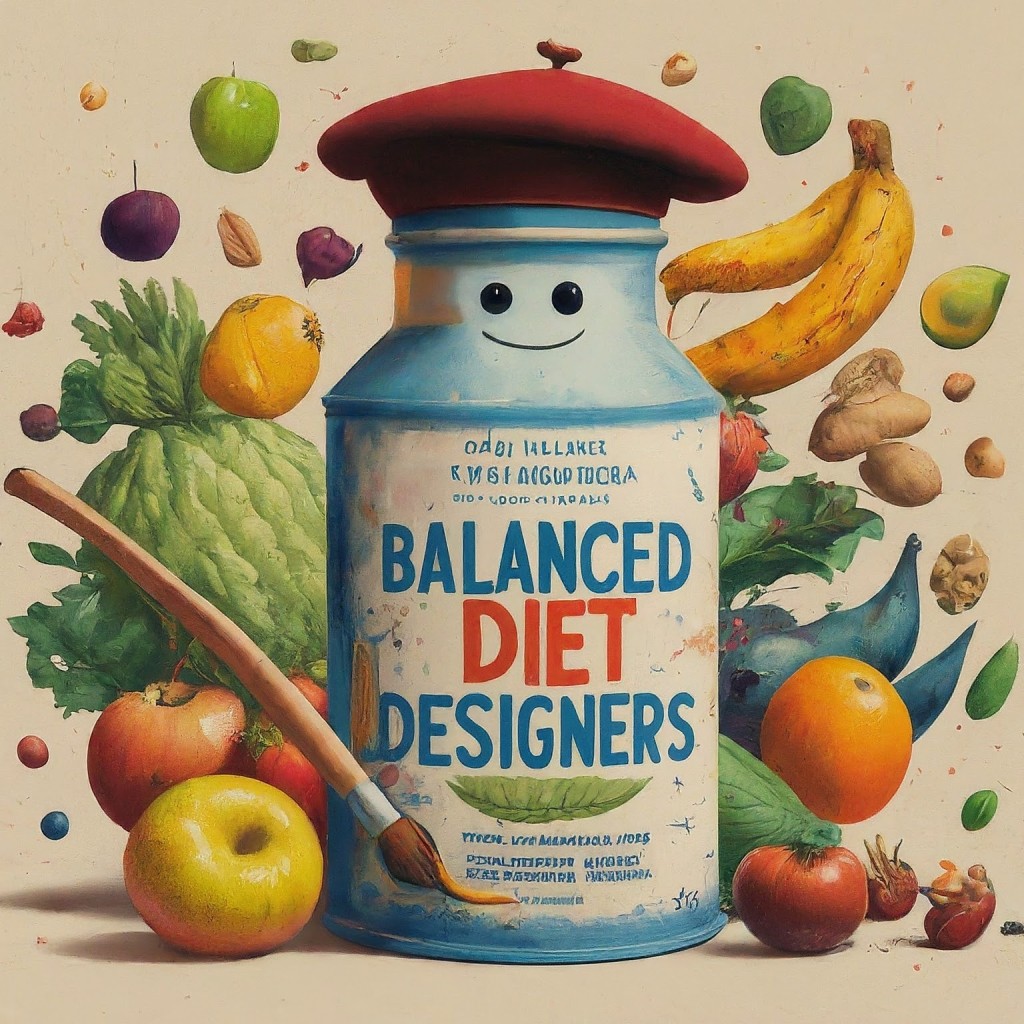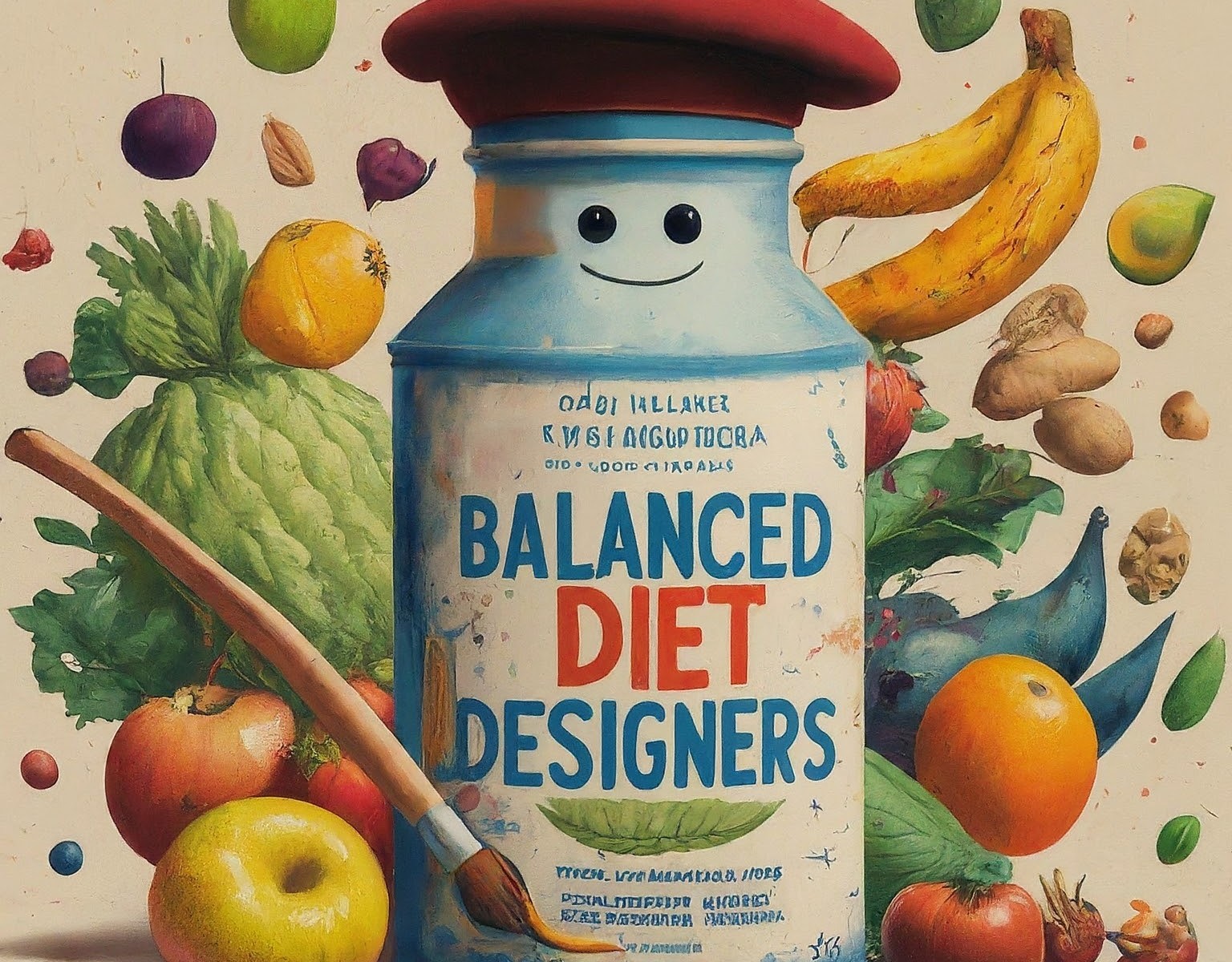Part 1: Design Students Need to Learn to Think?
The individual grows and experiences various aspects of life, acquiring experiences in areas defined by their wants and needs in a holistic manner. Humanity it seems is defining their goals as they go along a path toward their designated goals and objectives, whether as an individual or as a nation or group.
In the vast field of design, conversion takes place as a transition of thought patterns and perceptions. Ideas are born based on the need to create and to improve the quality of life. The young person who has been experiencing life in their first eighteen years has acquired enough information to realize that what he/she has acquired is not yet his/her achievement. At this age, the very word “success” has been redefined. The same cannot be said about the word failure, based on different approaches to educating the young about the effort to succeed or perhaps progress in specific areas based on differently abled individuals. Enlightened designers today are moving toward creating more Intellectual Property, filing more copyrights, winning more awards, and/or having their work commercialized even more.

Why is that? Many have asked this question, especially design educators. Is this all just cosmetics? Can art and design students actually express themselves? This article isn’t about students’ expressing themselves but rather a thought about how design students are able to explore more sustainable approaches by investigating uncharted branches of design expression and philosophy.
Babies are born and they go through a long process of growing up. The same can be said about thought patterns. The thinking of our students is like old tape recorders that play the same tune day in and day out. Primary and secondary school education delivery has greatly contributed to this with greater stress and emphasis on studying and scoring all on exam papers. Furthermore, to produce the much anticipated ‘A’ grade for SPM/’O’ Levels, for example. Unfortunately, this culture has seeped into the art and design field thus greatly diminishing the quality of analytical and critical thinking among the young.
Students have become greatly dependent on their teacher’s guidance for nearly anything involved in fulfilling appropriate and correct standards that are strictly enforced from time to time. Students have no room for mistakes, and mistakes are often viewed as illegitimate ideas, or in other words, wrong. It can be agreed that mathematical and factual data have dimensional elements where one cannot dispute their logical conclusions. However, when it comes to conceptual thinking, subjectivity must be also allowed for the student to ask questions freely without fear of ridicule i.e., ‘asking a silly question’. Teachers sometimes have the habit of labeling legitimate questions as stupid questions, silly, illogical, and worse still, ‘useless’ or ‘worthless’. At times, perhaps teachers are the over thinkers themselves.
Unfortunately for some students, these labels fall directly on them. Teachers habitually place value on what they deem to be correct answers, which results in students struggling to achieve what has been deemed to be the correct standards set by their educators or so-called educational standards. Negative or positive reinforcement methods to create efficient students have also produced result-oriented students. Therefore, this result-oriented culture has not actually contributed to the development of this country. Result-oriented solutions are not a bad thing, but how we achieve these good results is what is important. It’s what would make the ‘result-oriented’ methodologies more sustainable! Otherwise, we are just dealing with external cosmetics.
Very few have realized the potential of their acquired knowledge. Most people have achieved higher qualifications because they were primarily directed to fiscal revenue. It is the assumption which states higher qualification equals bigger salaries. However, it appears to be quite the opposite. Some have said, earning qualifications such a PhD in Design doesn’t make them earn well. A full-time artist with just a high school certificate probably earns more! However, it’s not all about the money and commercialization—that is just the surface.
Over-dependence on digital tools, generative artificial intelligence, and aesthetics just to commercialize one’s work is not enough. Changing their thought patterns by changing or re-arranging their way of thinking enables them to redefine success.
Changing or re-arranging their way of thinking can be considered as a solution. Students in the art and design fields actually have the power to redefine the quality of life, not to just make life better but to make life worth living and to design with integrity. Having a balanced diet will open their minds and doors to more important discussions, dialogues, and philosophies of design that will strengthen the foundation of design education.
Part 2: Driving Force of the Creative Attitude
In most educational settings, students can be seen as babies and children wanting more lactose in their system. As babies grow up, they need certain nutrients to develop their mental and physical well-being. As they say, nothing beats mother’s milk! How true it is that all the formula milk and designer nutrition cannot compete with natural nutrition from the mother. However, all other supplementary foods also assist greatly in children’s growth.
As educators in this creative environment, students are like babies and children. In a country as young as ours that is rapidly developing, young people still need to be nurtured and fed with such nutrition. It does not matter which industry or field; knowledge is beneficial to each of them. What do students want to achieve? That question has always been answered in the classroom when students decide to undertake a challenge. When lecturers answer their questions, they give the students ideas and solutions about the problems being faced. Teachers and lecturers not only answer questions but also provide students with the knowledge which is the requirement of the course. Have the students benefited from that content?
‘Sir, did I do that correctly?’ asked a design student.
That question refers to the final sketch of a particular design solution. Would this question mean that this student has no confidence about his/her design solution, or would it mean that this student does not know how to do it? How would we interpret that question? I have encountered this situation numerous times and I found to my delight that these students were only nervous. It’s like a little bird that is learning to fly. It is not that they could not fathom the scope of the creative brief, but I have to assure them that besides fulfilling client requirements, they should be certain about their ability to solve the design problem. Therefore, “What do you think?” “Would it solve that problem?” would be the next course of action between the uncertain student and me. Now is the time for them to eat solids.

The creative industry is expanding and developing simultaneously with technology. Therefore, we see the advancements along with the emergence of new design solutions and statements. This is visible through exhibitions, latest campaigns, and design conferences as well as conventions. Sometimes it is necessary to allow these students to learn about the new things that are in the market. Students should be our channel for education and not us. They are the vital source of information, which I personally feel is precious. I wonder sometimes how much they know. They are nervous. The problem with design students in my first observation/experience is that they are hesitant—not that they can’t think but that they need to learn how to think.
The journey of discovery into what and how to think has only just begun. Therefore, if these students deserve solids, then what do we need to feed them? Solids here would be the crutch, for which they would depend in order to see their solutions implemented or presented.
Students never want to have their efforts to be in vain. Therefore, students must learn to leave that comfortable nest and free fall, to flap their wings, and learn to fly.

